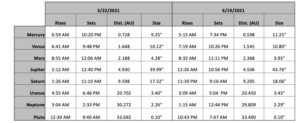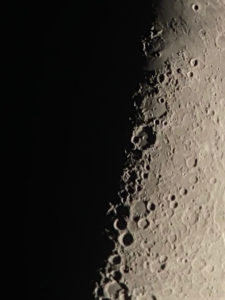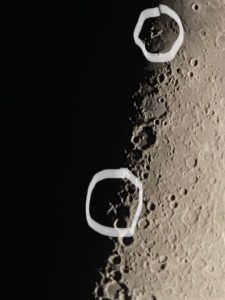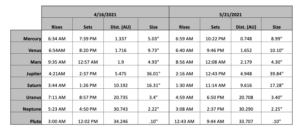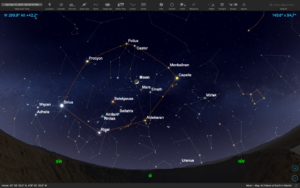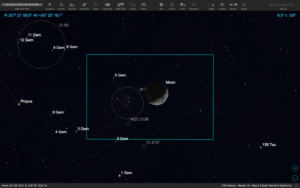!!! NEVER LOOK AT THE SUN DIRECTLY WITHOUT APPROVED SOLAR GLASSES OR FILTERS FOR TELESCOPES/BINOCULARS !!!
The Weirdest Sunrise Ever!
BAA Members Tim Collins and Mark Percy have recently made the rounds on local TV to talk about the upcoming Partial Solar Eclipse. On June 10th There will be an Annular Solar Eclipse. Western New York will wake up to a Partial Eclipse at sunrise (5:36 AM). The Sun will be about 80% covered by the Moon. Max Eclipse occurs at 5:39 AM and the Eclipse ends at 6:36 AM. You’ll need an unobstructed view to the Northeastern horizon.
In the first video BAA member Tim collins is interviewed on WGRZ-TV’s Monday Town Hall. You can view it here.:
In the second video BAA Members Mark Percy and Tim Collins are interviewed but the team on WIVB-TV. You can view the Vide by clicking on the link below.
https://www.wivb.com/news/get-ready-for-a-strange-looking-sunrise-next-month-when-a-partial-solar-eclipse-happens-at-dawn/
Those of you familiar with our Looking Up! Virtual Stargazing events will recognize Mark and Tim, as they are frequent contributors.
Mark Percy is the Director of the Williamsville Space Lab Planetarium.
Tim Collins is manager of the Kellogg Observatory at the Buffalo Museum of Science, a presenter at the Whitworth Ferguson Planetarium at Buffalo State College and the Williamsville Space Lab Planetarium.
Clear Skies!

